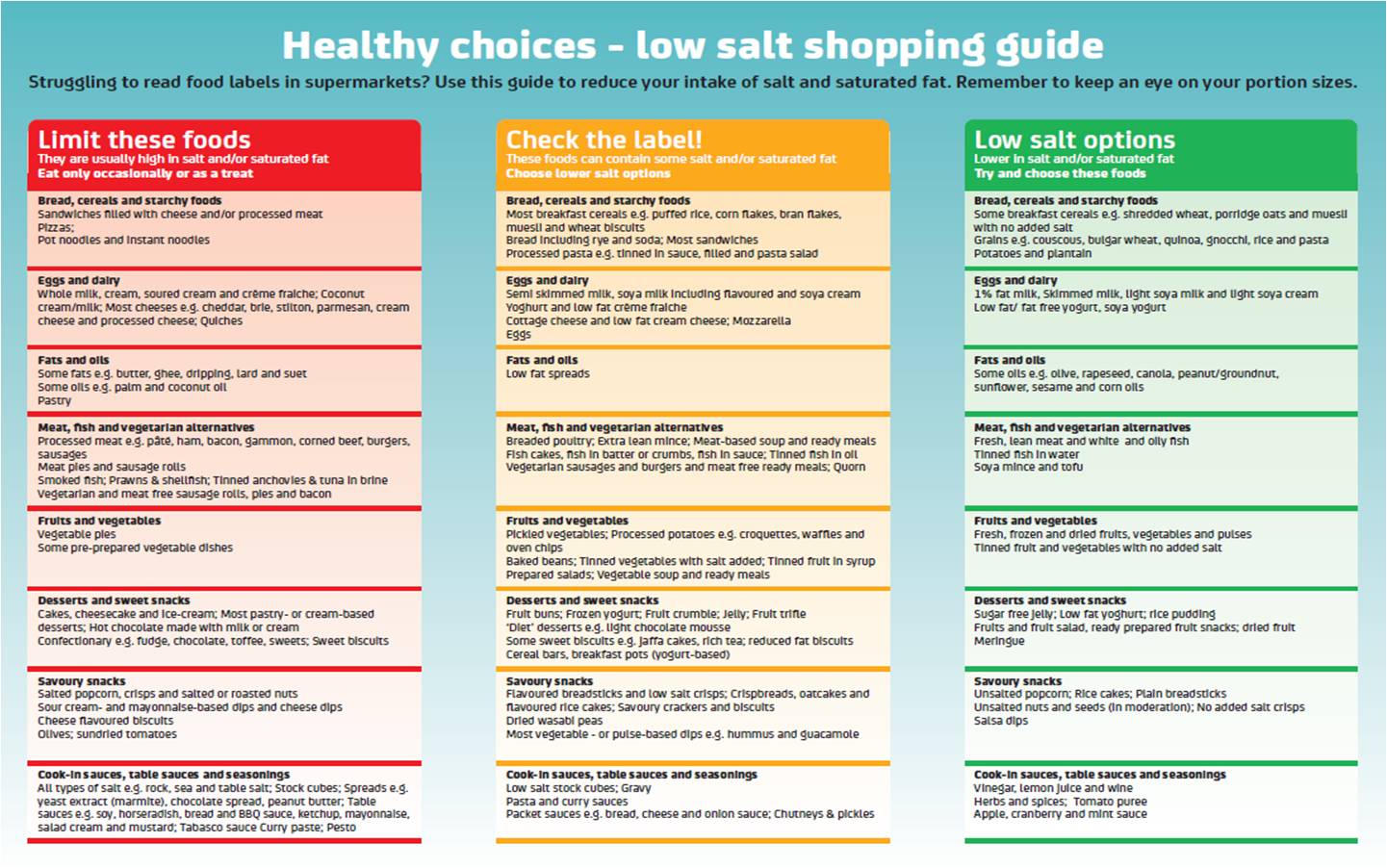Salt and Obesity
Obesity is an increasing problem in the UK. Currently 25% of adults in England are obese and 35% are overweight. Obesity is defined as a Body Mass Index over 30. Obesity has increased in both adults and children since the late 1990s.
Obesity is huge health burden and is associated with many health conditions. These include diabetes, hypertension, cardiovascular disease, sleep apnea and shortness of breath. In 2002, the direct cost of treating obesity was £45.8- 49million and the indirect cost (treating consequences) was around £1billion.
The direct cost to the NHS in 2014-2015 was estimated at £6.1 billion per year. The costs attributable to overweight and obesity are projected to reach £9.7billion by 2050.
Who is at risk of obesity?
Everyone is at risk of obesity if they have an unhealthy diet or an unhealthy lifestyle. However, those most at risk include people of black African descent, those who don't get enough exercise and children (or adults) who also have a high intake of sugar-sweetened soft drinks.
How does salt contribute?
Whilst salt is not a direct cause of obesity, it is a major influencing factor through its effect on soft drink consumption: salt makes you thirsty and increases the amount of fluid you drink.
Dietary advice
People with or considered at risk of obesity should ensure that they keep their salt intake below the recommended maximum of 6g. This can be achieved by simple changes, such as consuming less processed foods and checking product labels before purchase. Click here [PDF 606KB] for a handy shopping guide to help you identify foods high in salt and the low salt options.
To further reduce your risk of obesity you should make sure you eat at least 5 portions of fruit and vegetables per day, increase the amount of exercise you do (at least 30 minutes, 5 times a week) and reduce the amount of saturated fat, fat, sugar and calories that you eat. You can use the free FoodSwitch UK app to help you find healthier choices when you shop. It has different filters and shows you similar but healthier choices lower in salt, saturated fat, sugar and calories.



